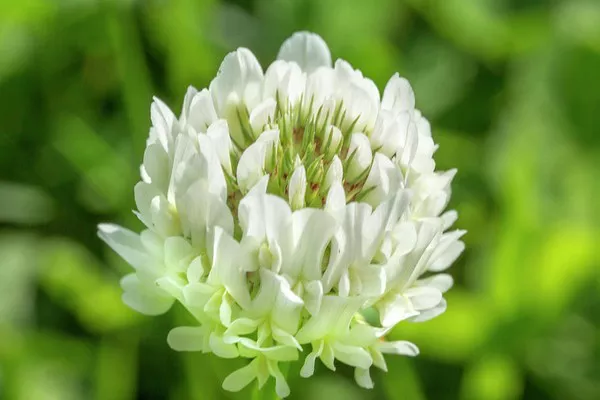As February in Michigan becomes the second warmest on record, gardening enthusiasts are questioning the early emergence of plants, prompting concerns about potential consequences for the upcoming spring season.
Rick Vuyst, a local plant specialist, reassures that the current early emergence of hardy plants like daffodils, day lilies, and tulips is not a cause for immediate concern. These resilient plants can withstand the sporadic return of snow and subfreezing temperatures, eliminating the need for protective measures such as covering them at night.
Vuyst emphasizes that the real concern may arise if the warmth persists into mid-March. If woody shrubs and trees break dormancy during this period, there is no turning back, and they risk exposure to cold weather damage. He recalls the notable example from 2012 when a premature warm spell in West Michigan led to an early burst of spring, resulting in widespread damage to fruit crops due to a subsequent hard freeze in April.
Monitoring soil temperature becomes crucial in gauging the impact of the unseasonably warm weather. When the soil temperature reaches 55 to 60 degrees, plants exhibit accelerated growth, with crabgrass seeds germinating and weeds emerging. Vuyst advises gardeners to be vigilant for signs of weeds as an indicator to start safeguarding more vulnerable shrubs and plants to ensure their protection through May.
While this year’s winter warmth is attributed in part to the ongoing strong El Nino in the equatorial Pacific, Vuyst notes that local gardeners have been adapting to new challenges posed by a warming climate, irrespective of El Nino conditions. The uncertainty surrounding weather patterns highlights the need for careful monitoring and proactive measures to mitigate potential risks to the thriving plant life in the region.


